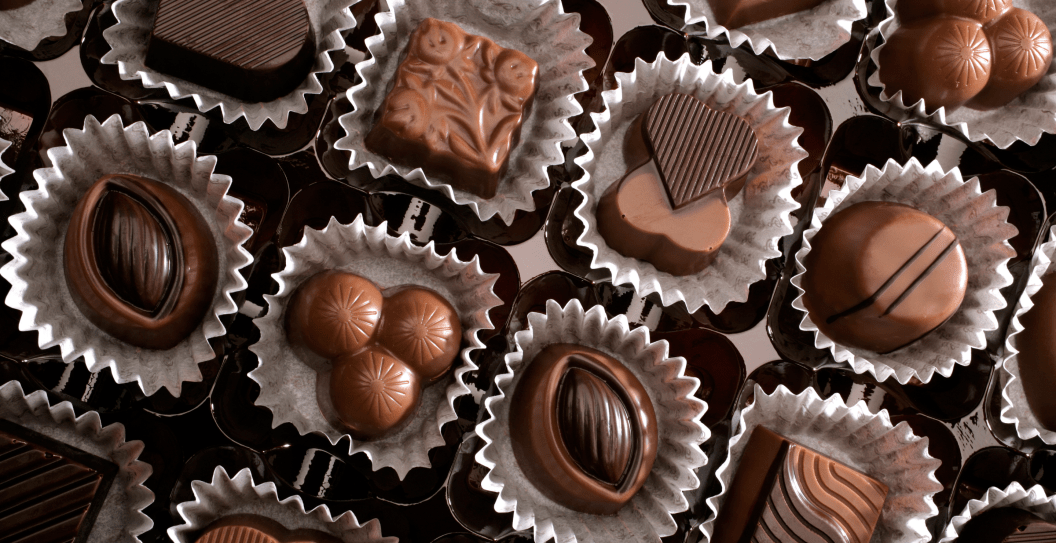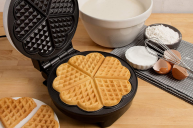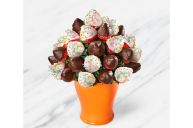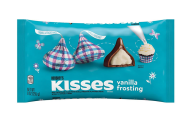Chocolate and romance are so intrinsically intertwined that it's hard to imagine a time when they didn't go together — especially on the official holiday of love, Valentine's Day. Feb. 14 has long been associated with the cocoa bean. From heart-shaped boxes filled with varieties of sweet confections to edible roses and dessert-flavored wine, any celebration of love just wouldn't feel complete without a (hefty) dose of chocolate.
And most Americans would agree. Valentine's Day jokes aside, making sure you get your loved ones the right Valentine's Day candy is almost as important as the romance surrounding the holiday.
In 2022, shoppers broke the $4 billion mark for the seven-week selling season around Valentine's Day in total candy, mint and gum sales. Of that massive number, chocolate was the biggest contributor and ranked at a whopping $2.5 billion in sales all on its own. But how did this delectable treat become a part of the annual celebration? And why do we continue to associate chocolate with love and romance on Valentine's Day year after year?
While the tradition of giving chocolate on Valentine's Day has been around for quite some time (it's easy to see why — who wouldn't love a sweet treat from their sweetheart?), its origins are murky at best. So let's dive into the most notable historical connections and trace the evolution of how chocolate became synonymous with Valentine's Day.
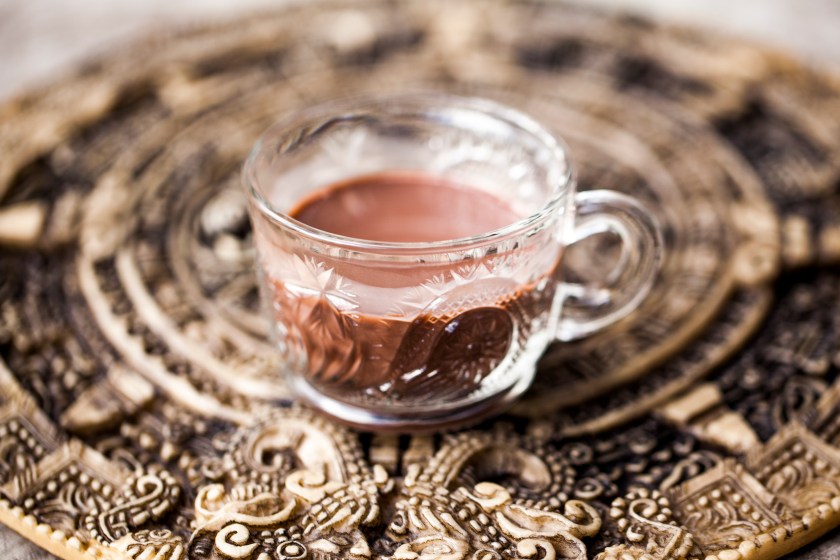
500 B.C.
The first people (or at least the first people we know of) to consume chocolate in the name of love were the ancient Mayans back in 500 B.C. They would brew a hot chocolate concoction for a sacred part of their wedding rituals. The bride and groom would exchange sips of the decadent drink during the ceremony.
The word chocolate actually comes from the Mayan word "chocolhaa," which means "bitter water." While bitter is probably the last taste you'd associate with a warm cup of cocoa, the Mayans used to mix their cocoa beans with chili peppers, giving the drink a bit of a kick.
1600s
While the Mayans enjoyed chocolate as a ceremonial drink for years, it wasn't until the 1600s that European explorers brought the cocoa bean back to their home countries. Once it arrived in Europe, it quickly became a sought-after delicacy among the wealthy elite and was associated with dominating traits such as masculinity and virility.
"Sugar? —? and, by extension, chocolate? —? was a luxury, an expensive treat for the lucky few who could afford it," Megan Giller, founder of Chocolate Noise and author of "Bean-to-Bar Chocolate: America's Craft Chocolate Revolution," told CNN.
It wasn't until sugar became a commodity in the 19th century —and thus more affordable for everyone to enjoy — that chocolate's popularity really started to spread. Once women could enjoy a taste, it started to take on a more feminine (and yes, romantic) connotation.
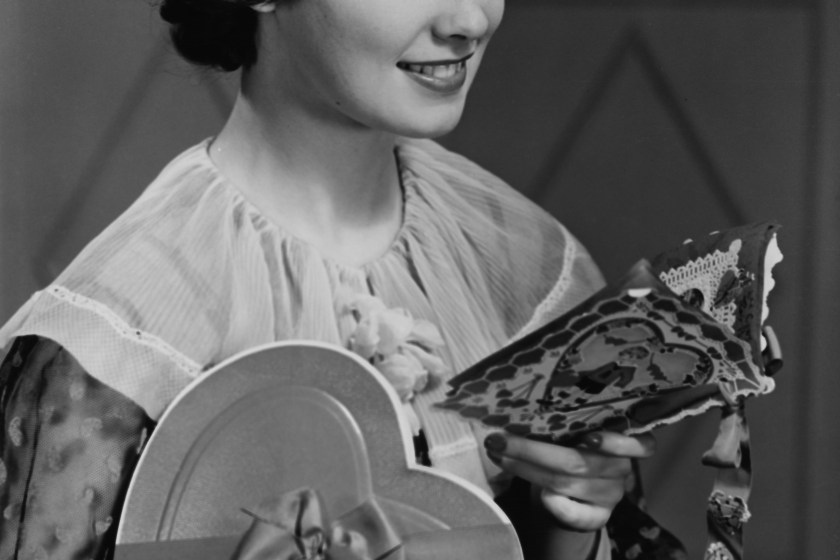
1860s
That's right — it would take a whole 2,300 years for chocolate to make its way into the hands of romantics. In the mid-1800s, Richard Cadbury started perfecting his family's chocolate-making technique. The result? An extract that tastes much more palatable than any version humans had experienced before. He called it "eating chocolate."
Realizing the insane opportunity he stumbled upon, Cadbury began selling his new eating chocolates immediately, which just so happened to be close to Valentine's Day. Even though the holiday had only just begun to gain traction in England, Cadbury saw the potential in pairing his new product with Valentine's Day. And so he did, selling them inside beautifully adorned boxes he designed with roses and cupid illustrations.
The point of the pretty packaging was part marketing and part frugality. You see, the box had a dual purpose. Once the chocolate was gone, the recipient could use it to store love letters or other tokens of affection from their Valentine (including, but not limited to, locks of hair) for years to come.
While he wasn't the first person to create the iconic heart-shaped box, he was the first to produce it, calling it exactly what it was: a "fancy box." By the time the heart-shaped boxes hit the shelves, it was game over.
1930s
Chocolates and their heart-shaped boxes migrated to America along with early European settlers, but it wasn't until the 1930s that advertisers really started to lean into the female demographic.
Every American chocolate manufacturer tried to one-up each other with bigger, more-elaborate boxes and ways to package their chocolate treats. Whitman donned its chocolate gifts with iconic phrases such as "a woman never forgets the man who remembers." Russell Stover released its popular Secret Lace Heart box, which was covered in satin and lace. Whatever the packaging, one thing remained the same: Chocolate and romance were one and the same.
Present Day
Throughout the years, chocolate has remained a staple gift on Valentine's Day. However, as society and relationships have evolved, so too has the way we give and receive chocolate on Feb. 14. While traditional heart-shaped boxes are still very much in the picture, there are now endless options for customizing and personalizing your chocolate gift.
As we continue to embrace different types and flavors of chocolate, it's clear that this beloved treat will continue to be an integral part of celebrating Valentine's Day for years to come.
